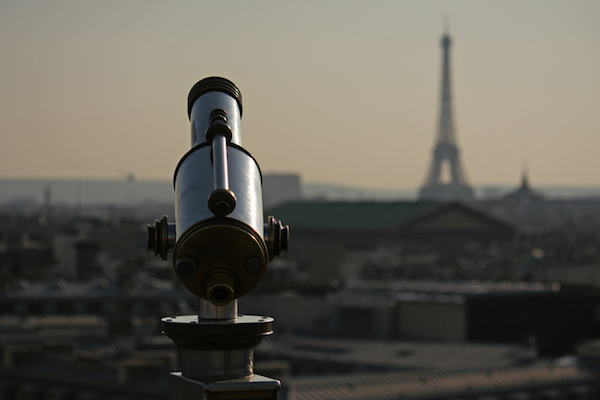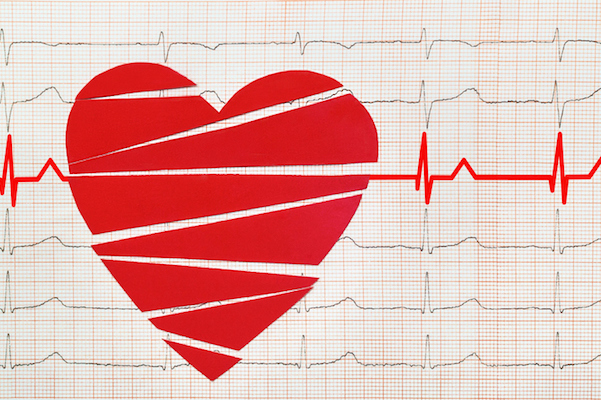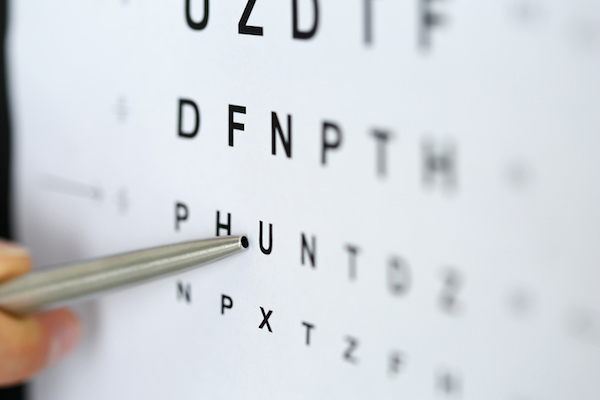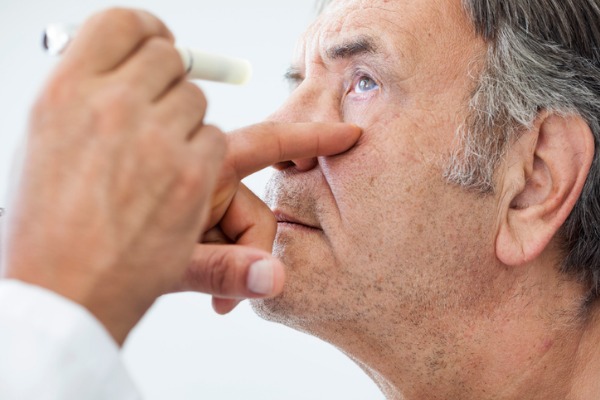
Minimizing Myopia – Confronting an Oncoming Epidemic
It's important to remember that your eye doctor knows best, especially if/when your vision starts to fade.
It’s 2018 and the world is going blind. Well, not figuratively, but the evidence seems to be piling up. According to most of the research taking place, upwards of ten million adults in the United States are myopic (they can’t see far away). Add in the rampant use of smartphones and that number is likely on the rise (along with a whole host of other problems).
Luckily for us, our daily choices make a difference. Now, the writing may be on the wall, but the future is still in our hands. We can either turn a BLIND eye and accept our fate (no pun intended). Or we can stand up to myopia and step up to the challenge. Enough with the pep talk.
The World is Going Blind… (well, not figuratively)
The American Optometric Association (AOA) makes the following points about Myopia:
“Myopia, or nearsightedness, is when a person can see close objects, but things farther away appear blurred.”
“Patients with myopia have difficulty seeing a movie, or a TV screen, or the whiteboard in class.”
“While the exact cause of myopia is unknown, evidence suggests that several people inherit myopia, or at least the tendency to develop it.”
“Myopia’s actual development can be affected by how a person uses his/her eyes. Individuals who spend considerable time reading, working at a computer, or doing other intense close visual work may be more likely to develop myopia.”
“Symptoms first occur in school-age children and typically progress until about age 20. However, myopia may also develop in adults due to visual stress or health conditions such as diabetes.”
Risk Factors, Complications and Control:
According to the publication Contact Lens Spectrum (CLSpectrum), “The prevalence of myopia has almost doubled in Americans (aged 12 – 54) over the last thirty years.”
On top of that, “eighty to ninety percent of the population in certain Asian countries are myopic by the time they reach adulthood.”
CLSpectrum also published a table of risk factors associated with myopia. Some of the findings include the following:
- Family History – One myopic parent passes on three times the risk of developing myopia, while two myopic parents pass on six times the risk.
- Outdoor Time – Less than 1.6 hours outside (per day) increases the risk two to three times.
- Time Spent on Near Work – Risk increases as more than three hours of near work (per day) is coupled with low time spent outdoors.
- Age of Onset – The younger myopia is diagnosed, the more likely it is to get worse.
- Ethnicity – Asian ethnicity may be linked to faster progression.
So with all the research and technology we have available these days, you may think glasses and contacts are the answer to myopia? However, when myopia increases beyond the -5.00 mark, so does the risk of ocular disease.
The following ocular diseases are associated with high myopia:
- Glaucoma
- Cataracts
- Retinal tears or detachment
- Myopic Degeneration (similar to age related macular degeneration)
- Lattice Degeneration (areas more prone to a retinal tear)
Even though the verdict is still out on most scientific research, it may be a good idea to implement some of these basic ideas:
- Seek Professional Advice – Your eye doctor always knows best if/when vision starts to fade.
- Get Outside – Time spent outdoors can slow the progression of myopia. This is especially important for children.
- Enhance Your Diet – Proper nutrition helps every organ in the body, including the eyes.
- Take a Break – It’s good to mix in some physical activity/exercise when reading, studying or using your smartphone/device for long periods of time.
Since none of these statements are approved by the FDA, it’s best to consult your eye doctor (as mentioned). He/she can guide you in the right direction, especially when it comes to the following advanced solutions (and/or others) for myopia control:
- Multifocal or Bifocal Lenses
- Atropine Eye Drops
- Orthokeratology (Ortho-K)







